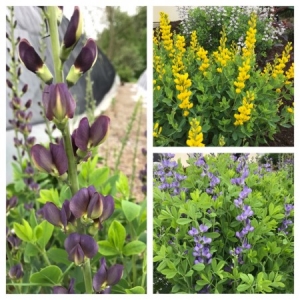We are at the midpoint of this summer’s vegetable gardening season. It’s time to put spring behind us and prepare for the crops that prefer fall’s cooler weather.
I have planted tomatoes, sweet corn and vine crops as late as July 14 over the years but they needed a warmer fall and late frost for them to succeed. This year I put spring to rest by June 30. That included cucumbers, cantaloupes, sweet potatoes and pumpkins.
In reverse order: it may be a dream, no large sweet potatoes wanted, maybe on the melons and a sure thing with cucumbers. I always follow peas with pumpkins and that may be my downfall this year. Peas got in late with early cold wet weather and failed to pollinate with a burst of hot weather as they bloomed.
As fall approaches it is important to study days to maturity in making planting decisions. With adequate moisture, temperature will cut 10 or 20% off that number for July or August plantings.
My next urgency is Brussel sprouts which needs to be planted in early July. The cabbage window closes about August 1. You can extend another week or two with broccoli and cauliflower. Control of cabbage loopers is necessary for success. To date my grand-children turn up their noses when protein floats or crawls out of supper.
I will likely add a zucchini about July 15. My only doubt is that this spring my wife brought home three plants and I foolishly planted them. We may be still digging out after the first blizzard of long green things.
My freezing beans are blooming and look promising but I’ll add a rather short row, just for table use sometime soon. No hints of beetles yet on the beans but they are planted next to the potatoes which were treated with diatomaceous earth several times.
The traditional cool spring entries like spinach, lettuce, radishes, beets stand a good chance if planted near the first of August. Again, read the days to maturity, make the summer temperature adjustment and count back from September 15. Spinach will go until a hard freeze if it has decent size by the first frost.
You can also do peas in the fall. The experts say you will be lucky to get half of a spring planting. I may try it again after my spring disaster just to prove the experts wrong.
I love to experiment. Companion planting is under study. Grandma certainly knew something we have forgotten. This year my experiment was potatoes.
Always trying to make things easier, several years ago I started laying the seed potatoes on top of the ground and ridging dirt over them. Much easier to dig. Knowing that potatoes like high fertility this year I repeated laying on top but then covered them with mushroom soil. Haven’t dug any yet but can’t wait to see what is under the potato trees that grew.
With the virus I have stayed home, which translates into stayed in the garden(s). I still like flowers better.

